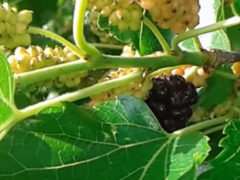
red mulberry
Morus rubra
A medium sized, upright spreading to rounded, deciduous tree native to woodlands, bottomlands and woodland … Continued
Drought-tolerant and drought-resistant plants may still need supplemental water from time to time, but they can survive periods of dryness without dying.
Drought-resistant plants like cactus, hens and chicks, and sedums can go for very long periods without water and do not tolerate poorly drained locations. Drought-resistant tropical plants grown indoors in winter like cactus, Sansevieria, Echeveria, and other succulents sometimes fail due to overwatering.
Drought-tolerant plants grow in many textures and sizes and have different adaptations that help them get through periods of drought:
The latter two types of plants are drought tolerant once established because any new planting, regardless of drought tolerance, needs to be watered during the first growing season to allow roots to reach the depths needed to access moisture during dry periods.
It’s also important to note that survival may not mean that the plant will look its best during this time. Watering weekly for a longer period of time will result in the best-looking gardens with the highest tolerance for drought. During the hottest, dryest times in summer, watering deeply twice a week is recommended. These less frequent waterings will encourage root systems to expand, making it easier for plants to access moisture when their environment is dry.
Winter drought has become a bigger problem in recent years as snowfall declines. Evergreen plants are especially vulnerable during winter drought because their foliage continues to shed moisture while dormant deciduous plants have shed their leaves and can conserve moisture in woody stems and underground. Watering shrubs and trees in winter on days when the temperature allows (above freezing) will help ensure their healthy return in spring.
Here are some drought-tolerant and drought-resistant plants to grow—

Morus rubra
A medium sized, upright spreading to rounded, deciduous tree native to woodlands, bottomlands and woodland … Continued
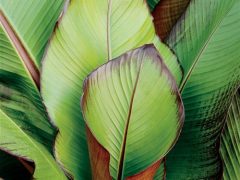
Musa bassjoo
Get an exotic tropical look in your indoor or outdoor garden! This hardy banana can … Continued
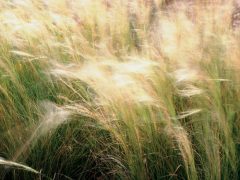
Nassella (formerly Stipa) tenuissima
This zone 7 perennial will self-seed in our northern zone 6 gardens. Excellent soft, fine … Continued
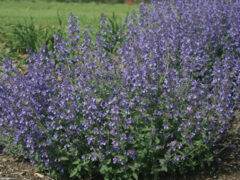
Nepeta species
Perennial Plant Association 2007 Perennial Plant of the Year! faassenii ‘Walker’s Low’ grows up to … Continued
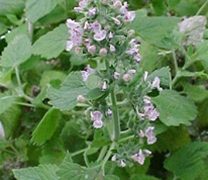
Nepeta cataria
A vigorous-growing mint with a wacky effect on cats. Dry some catnip for homemade cat … Continued
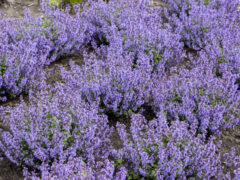
Nepeta 'Cat's Pajamas'
2021 Proven Winners National Perennial of the Year A smaller-scale catmint that also blooms 2-3 … Continued
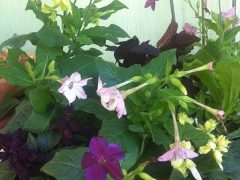
Nicotiana alata
‘Saratoga’ mix is a 12-16″ tall flowering tobacco with gorgeous 2″ blooms of apricot, lime … Continued
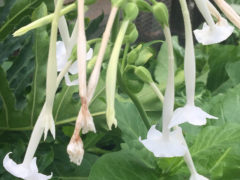
Nicotiana sylvestris
Tall, old-fasioned nicotiana features 3-4′ tall stalks topped with many trumpet-shaped, fragrant white blooms throughout summer. … Continued
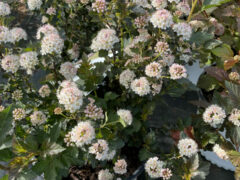
Physocarpus opulifolius 'Donna May' PP22,634
With an upright spreading habit and fine-textured, dark foliage, this low-maintenance shrub requires little to … Continued
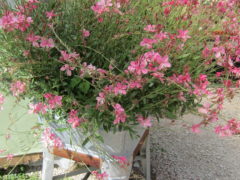
Oenothera {Gaura} lindheimeri 'Rose'
A dwarf selection with gorgeous bicolor flowers with deep rose-pink at the tips and pure … Continued
Oenothera filiformis {Gaura longiflora}
Large-flowered gaura is a great plains prairie plant that establishes quickly to provide late-season bloom. … Continued
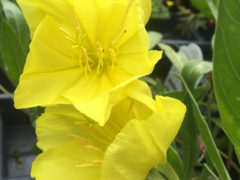
Oenothera macrocarpa
Large, deep yellow flowers cover this sprawling native over glossy green leaves from late spring … Continued